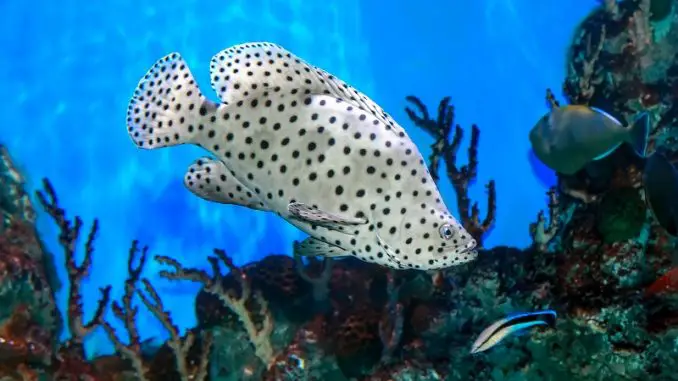
Some species are more exclusive than others in the fishkeeping hobby. This is usually because they are rare or expensive (or both).
The Panther Grouper is an uncommon sight primarily because it is so big. It requires a very large aquarium which means that most people can’t fit one in at home.
If you have space, Panther Groupers are wonderful fish, and they aren’t as difficult to care for as you might think.
We will cover everything you need to know about caring for Panther Groupers in this article.
TABLE OF CONTENTS
Ultimate Panther Grouper Facts & Overview
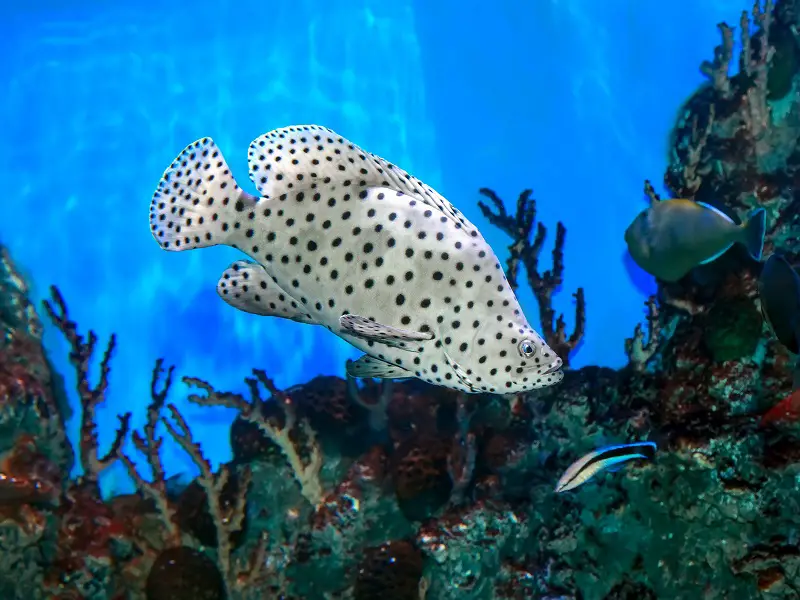
| Category | Rating |
| Care Level: | Moderate |
| Temperament: | Aggressive |
| Color: | Grey with black spots |
| Lifespan: | Over 20 years |
| Size: | Up to 27 inches |
| Diet: | Carnivore |
| Family: | Serranidae |
| Minimum Tank Size: | 300 gallons |
| Tank Setup: | Saltwater with live rock and plenty of space |
| Compatibility: | Large aggressive tank mates |
The Panther Grouper, Humpback Grouper, Polkadot Grouper, Barramundi Cod, or Cromileptes altivelis is a saltwater fish from the Serranidae family.
They are reef fish that are distributed around the Indo-Pacific, in places such as Japan, Australia, and The Nicobar Islands.
They have even been spotted in the Western Atlantic due to the aquarium trade.
They are a rare sight in home aquariums because they grow to be massive. Juveniles look quite small in pet stores, which might trick you into thinking that they’d fit in your tank, but they need a huge fish tank.
The age/size of a fish will influence its price. They could cost anywhere from $30 to $100, so make sure you’re purchasing a healthy specimen.
Though they cost a lot, they live a long time, so it could be a good investment. A healthy fish will likely live for over 20 years, making them a big commitment.
Typical Behavior
A newly introduced Panther Grouper can be quite shy, choosing to hide away behind rocks.
Once they become more confident, they’ll spend most of their time slowly swimming around the middle levels of the tank, looking for a meal.
They are large predatory fish that are well able to defend themselves, so they should only be kept around large aggressive species. Any small fish or invertebrates will be eaten.
Appearance
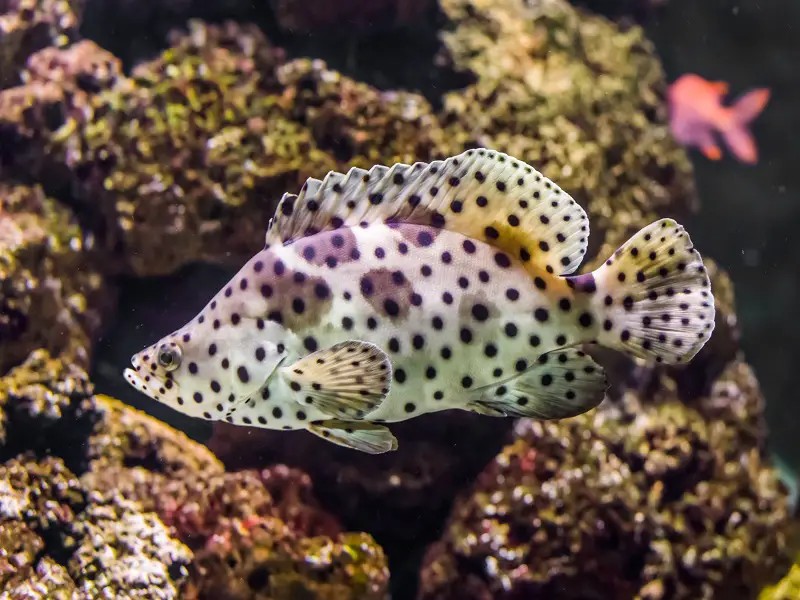
Panther Groupers are wonderfully beautiful fish. Once you see them it’s tempting to go and buy an aquarium large enough to fit them.
It will need to be a very big tank because an adult can reach up to 27 inches in length.
Their body is large and laterally flattened, but it comes down to a point towards the head and mouth. On top of the head are two large bulging eyes.
The body is a solid brownish-grey whereas its fins are almost transparent. Across the entire body and all of the fins are bold black spots.
It is very difficult to distinguish between males and females.
Habitat and Tank Conditions
In the wild, Panther Groupers are found around various countries in the Indo-Pacific. Here they live near coral reefs, lagoons, and tide pools.
Recreating the natural conditions of these habitats is key to creating a suitable home for your fish.
Cover the bottom of the aquarium in a sandy, fine-grained substrate. Add decorations on top, live rock is a popular choice.
You can add corals to create a reef environment, but you won’t be able to add any invertebrates to your reef or they’ll be eaten.
Keep the water temperature between 72°F and 78°F. The pH should be 8.1-8.4 and you will need a specific gravity of 1.021-1.023.
A strong and effective filter is essential because the Panther Groupers diet can create a mess. Use the filter outlet to create some water movement.
What Size Aquarium do they need?
Due to their gigantic size, you will need a tank of at least 300 gallons. If you want multiples, you will need an even larger aquarium.
This is usually the limiting factor for anyone wanting to keep Panther Groupers.
Tank Mates
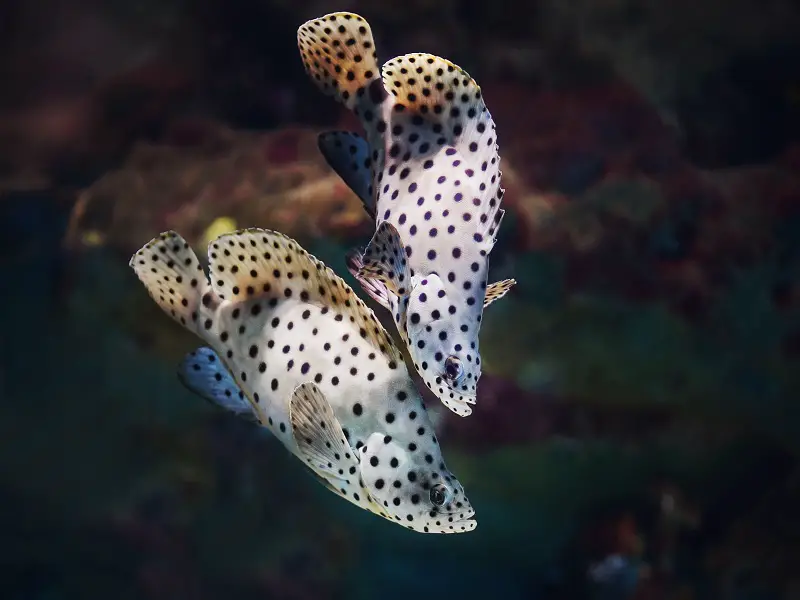
Panther Groupers should be housed with other large fish. Any small fish will be eaten without a second thought.
The same goes for invertebrates; they will be treated as a snack so they should be avoided. Corals should be ignored by these fish though.
Any tank mates should be aggressive enough to defend themselves from a Panther Grouper that lashes out.
Adding other species of grouper will probably cause fights, so it is safest to avoid them.
Can You Keep Panther Groupers Together?
It is possible to keep multiple Panther Groupers together, but it will require a very large tank.
If added separately they will be more likely to display aggression and fight. Add them together while they are still juveniles.
Diet
A large fish like this can eat a lot. Panther Groupers are carnivorous predators, so you need to be providing plenty of meaty options in their diet.
There are plenty of cut-up marine foods that you can use, such as fish, clams, squid, silversides, krill, and shrimp. Many of these can be purchased frozen, which is often easier for storing.
You may be able to find some dried foods designed for carnivorous fish. You can use these, as long as they are not the main component of the diet.
As the fish grow, they will get better at hunting. You could try using some live foods, but don’t give them freshwater feeder fish as they are not nutritious enough.
Care
It may be difficult to start a Panther Grouper fish tank due to the large aquarium needed, but once it is set up, these fish are actually quite simple to care for.
You just need to have done your research, so you can choose tank mates that will keep aggression to a minimum and you’re prepared to meet their carnivorous needs.
Since these fish are large and eat a lot of meaty foods, your filtration system can be put under quite a bit of strain. Clean the filter often and regular partial water changes are a must.
Keep track of the water parameters by using a water testing kit every week.
There aren’t any species-specific diseases, but Panther Groupers can get ill just like any other fish. Look out for signs of common saltwater diseases.
It may be difficult to provide a large enough quarantine tank, but separate your fish for treatment if possible.
Breeding
Breeding Panther Groupers is virtually impossible. Very little is known about how to breed them at home because few attempts have been made.
They are open water egg scatterers, which would require a huge tank, even bigger than the 300 gallons plus tank needed for standard care.
Are Panther Groupers Suitable for Your Aquarium?
Panther Groupers are not for everyone. Even if you want some, you probably won’t have enough space to keep even one.
If your aquarium is large enough, then one of these could be an excellent choice. They are very active and have a beautiful pattern across their body.
Though they are sometimes aggressive, you can plan for it by choosing tank mates that are able to defend themselves.
Other than that, you just need to provide a healthy diet and pay attention to tank maintenance, you’ll reap the rewards from day one.
What made you want a Panther Grouper? Let us know in the comments below…


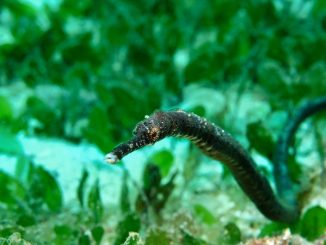
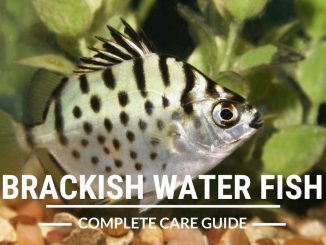
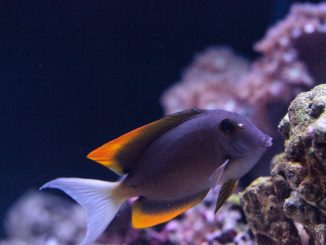
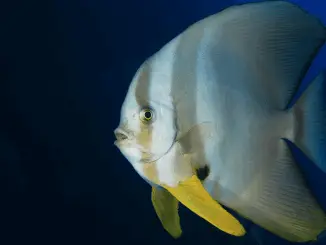
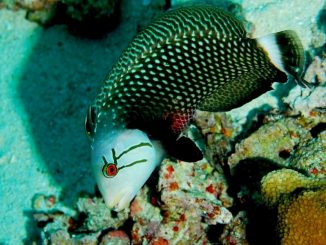
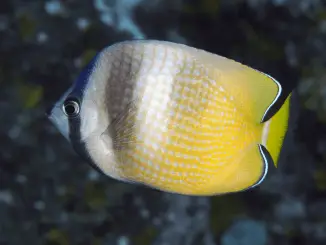
Be the first to comment